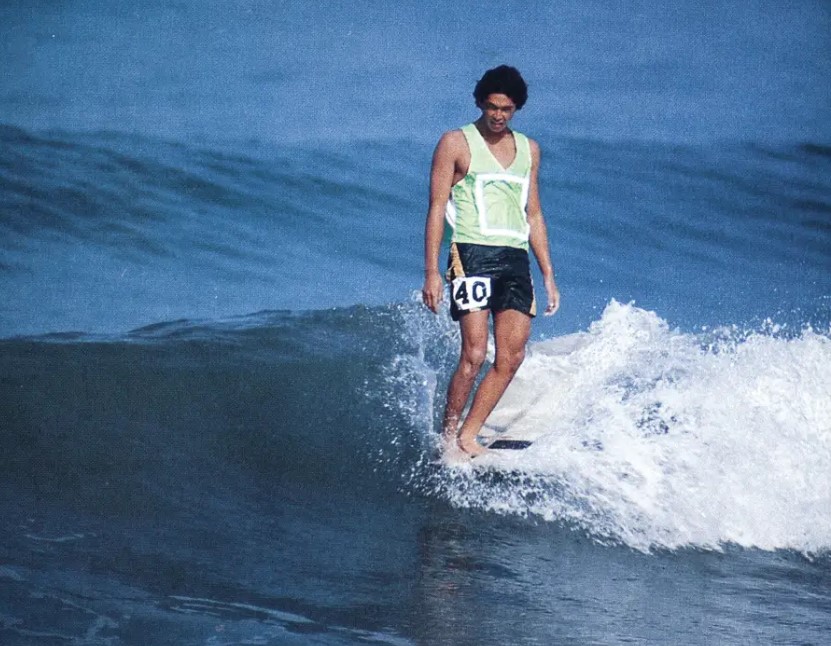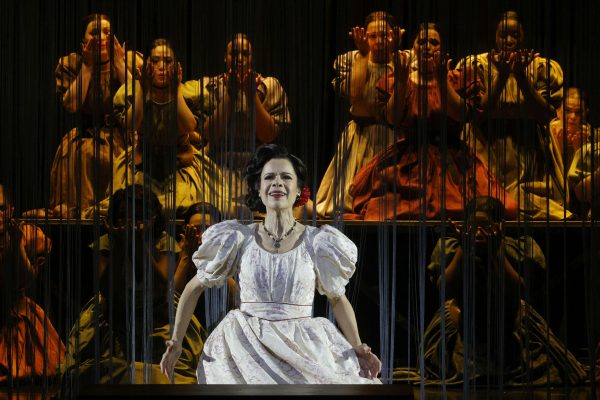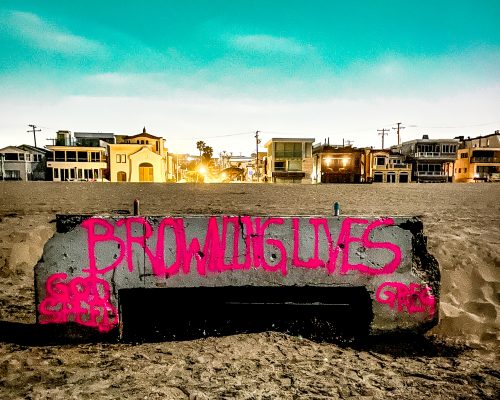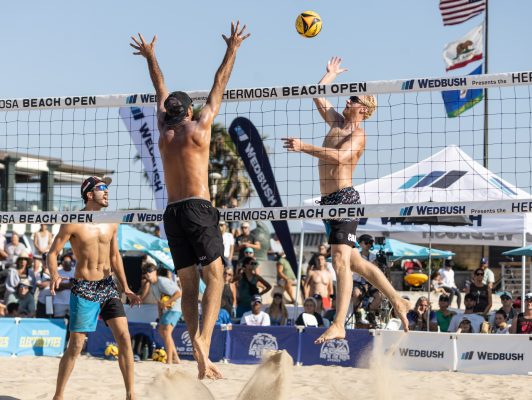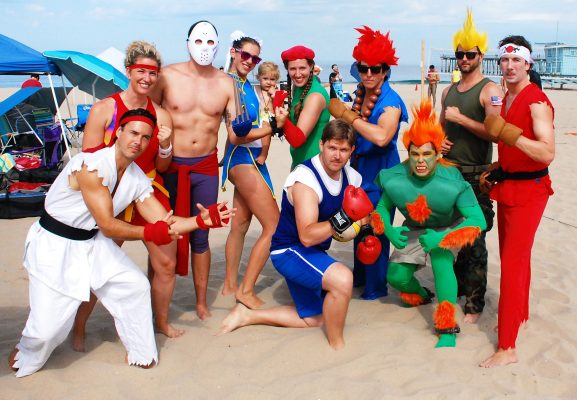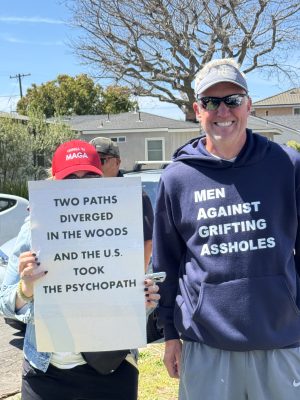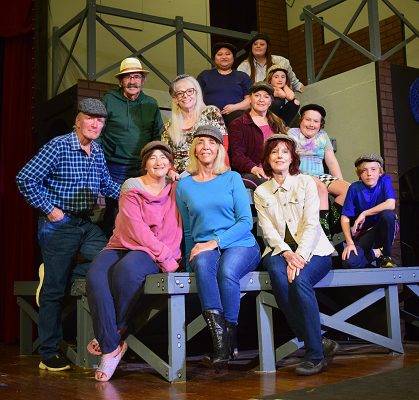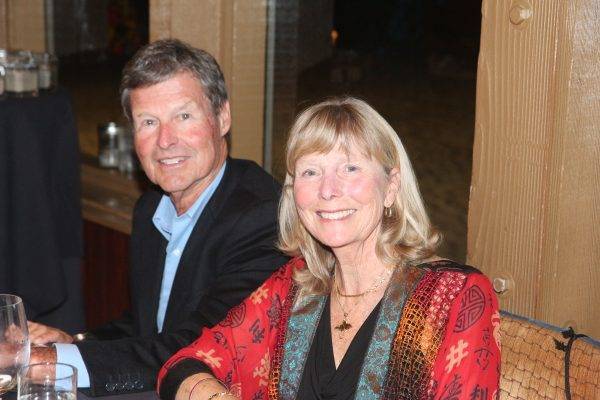by Mike Purpus
David Nuuhiwa started surfing in the Waikiki shorebreak on a paipo board at five years old. The paipo was a thin, plywood, wide bellied board with no fin. When Nuuihiwa was 12, Dale Velzy brought over the first foam surfboards for Waikiki surfboard rentals. David was hooked.
In the early ‘60s, Hawaiian Donald Takayama was living in Hermosa Beach making boards for Dale Velzy and Hap Jacobs. Takayama knew Nuuhiwa from Waikiki and kept telling him to move to Hermosa.
By then, David was living in Anaheim where his dad, a martial arts instructor, had been hired by Disneyland as head of security. David took me to lunch with his dad. Two flies were bothering us as we tried to eat. David’s father nabbed both flies with his right hand.

David hated being so far from the beach. He said everybody at school dressed like the Beach Boys but nobody surfed. He finally made his move to Hermosa Beach, sleeping on Takayama’s sofa in his one bedroom apartment on Ardmore Avenue. Later David began staying at Dru Harrison’s house at 36 Fourteenth Street. Dru’s house was the hangout for the best surfers in the South Bay. Everyone kept their board under the deck in his backyard. One night someone stole 30 boards that were stashed there. We never found out who did it.
The best locals surfed out front, including Takayama, Dewey Weber, Robert August, Hap Jacobs, Bing Copeland, and Billy Ray James Billy’s father owned Juicy James Cafe on the Strand. Even still David stood out.
David parked on the nose of the board for the entire wave, arching his back with his right hand waving to the seagulls. He looked like the hood ornament on a Rolls Royce Silver Cloud.
One beautiful, glassy morning in ’67 I followed David as he snuck past the 15th Street pack down to 19th. I watched in awe from The Strand as David paddled into a 6-foot set wave, fin first. He went backwards into the hook while the wave tubed over him. All of a sudden the tube opened and the nose of David’s board slid out of the tube with David standing switch foot. It was the first reverse fin take off I’d ever seen. I felt privileged just to see it. I couldn’t wait for school to end that day to rush down to the same spot and try one. My surfboard pearled. It landed in my smile and broke my front tooth. A few weeks later David got a 10 second tip ride on a 6-foot wave in the Oceanside World Surfing Championships. He scored perfect tens from all the judges.

David was the unchallenged best noserider in the world. The Bing Surfboard David Nuuhiwa Noserider became the best selling surfboard model in the world. David became a mega super surf star, showing up at contests in a new Porsch, wearing a full length fur coat.
Down Under Nat Young chopped three feet off the length of his surfboards and drew new lines on the face of the wave. Nat proved his theory by winning the 1966 World Surfing Championships in San Diego.
Half the surfing world began riding 7-foot V bottom surfboards and the other half followed Dick Brewer and Mike Hynson riding 7-foot mini guns. You could not give away a noserider. Hap Jacobs threw out 30 shaped blanks because he could not sell a longboard.
David and Mike Hynson were featured in the surfing, hippy, classic documentary Rainbow Bridge, starring Jimmy Hendrix. They formed Rainbow Surfboards and ripped on their 7-foot mini guns that had outer space-styled airbrush jobs. David’s cat-like style adapted well to the speedy shapes. Then he went shorter and placed second in The 1972 World Surfing Championships at Ocean Beach on a 6-foot fish. Hawaii’s Jimmy Blears won on David’s back up fish. David was once again a mega surf star.
I surfed in contest’s all over the world with David Nuuhiwa. He was a great surfer who changed the surfing world for the best. SWOF/ER

